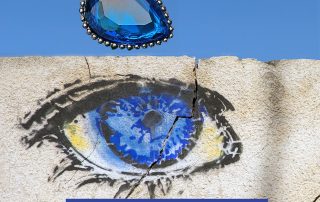CIBJO releases Pearl Special Report, looks at environmental challenges and opportunities
OCTOBER 30, 2019
With fewer than three weeks to go to the opening of the 2019 CIBJO Congress in Manama, Bahrain, on November 18, 2019, the eighth of the CIBJO commissions’ Special Reports has been released. Prepared by the CIBJO Pearl Commission, headed by Kenneth Scarratt, it looks at the growing impact of environmental and conservationist factors on the pearl sector, noting that these pose challenges but also provide opportunities for the industry.
A case in point is the Philippines, where Mr. Scarratt notes that climate and environmental changes have had a significant effect on pearl production. These relate to greater fluctuations in water temperature, ocean acidification, and the changing of the plankton profile, which has affected the survival rate of certain batches of oysters, as well as the overall growth rate.
“These changes present both challenges and opportunities. Obviously, the main challenge is the lower volume of production that will be available for distribution to the global market. On the other hand, this also serves as an opportunity because, with the lower biomass density, comes the potential to achieve a higher quality output,” he notes.
The report also looks at natural pearls. While rare, nowadays they most commonly are a by-product of the seafood industry, and in this respect could be subject to restrictions imposed by the Convention on International Trade in Endangered Species of Wild Fauna (CITES), as is the case with the Queen conch, off the coast of Mexico.
One country where fishing specifically for natural pearl-producing oysters still takes place is Bahrain, the venue of 2019 CIBJO Congress. The waters around the island nation have been producing natural pearls for some 4,000 years and continue to do so to this day, in a variety of sizes, shapes, and colours, writes Mr. Scarratt, who also notes that this is the only type of pearling that takes place in the kingdom.
The oyster variety located off the waters of Bahrain is Pinctada radiata, which is the same type of oyster being used to culture pearls at two facilities in the United Arab Emirates. A consequence of the production from the UAE is that one should no longer automatically assume that a pearl’s Pinctada radiata origin determines that it is natural, Mr. Scarratt notes.
To download a full copy of the CIBJO Pearl Commission’s special report, PLEASE CLICK HERE.








